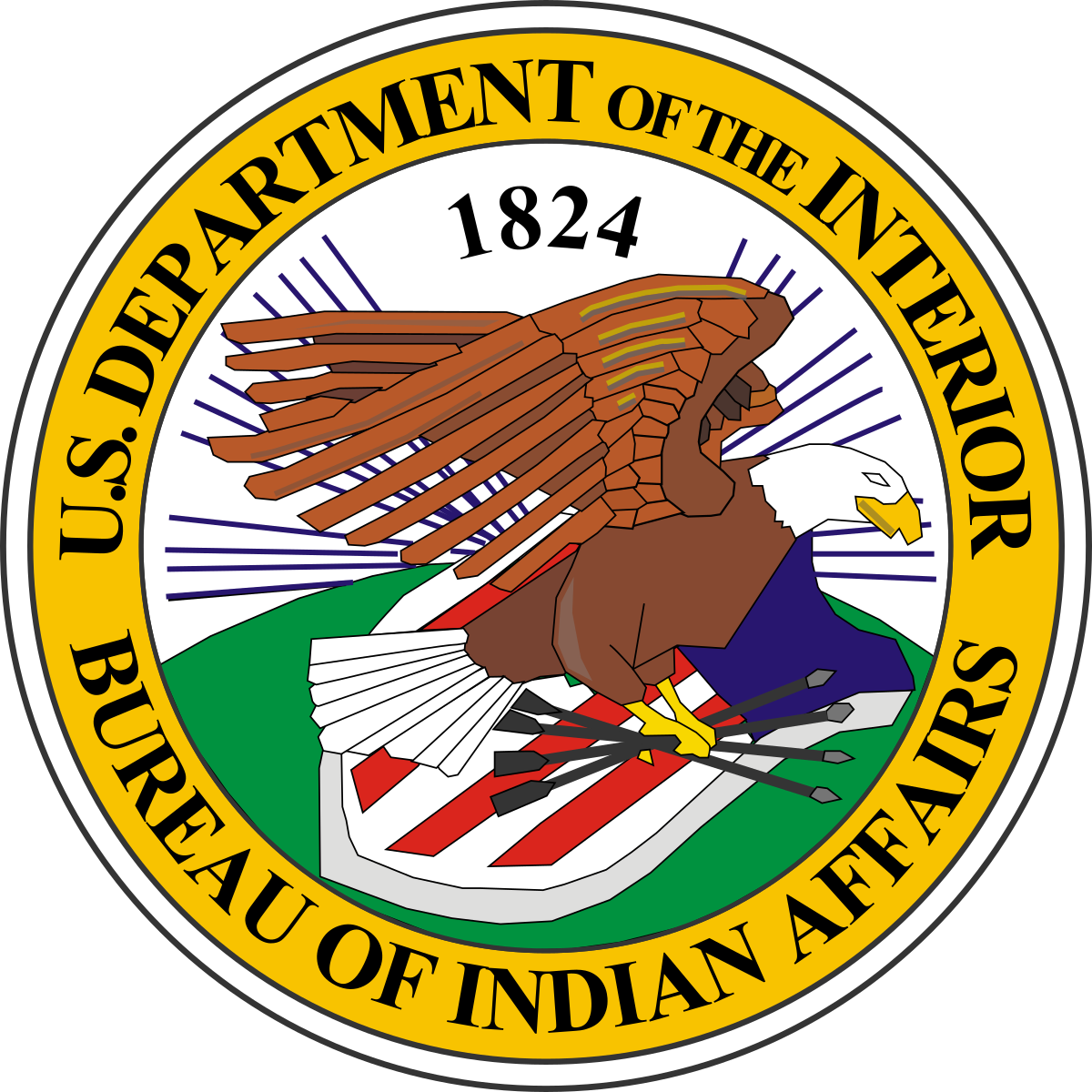
105(l) Program FAQ
The Indian Self-Determination and Education Assistance Act (ISDEAA) Section 105(l) Leasing Program allows federally recognized Tribes and Tribal organizations to be reimbursed by federal agencies—such as the Bureau of Indian Affairs (BIA), Indian Health Service (IHS), or Bureau of Indian Education (BIE)—for the use of their own facilities to deliver ISDEAA programs, functions, services, or activities (PFSAs).
It’s not a traditional landlord-tenant lease. Instead, it’s a reimbursement mechanism that helps cover facility costs so Tribes can operate programs in buildings they control, supporting greater self-determination and program quality.
Any federally recognized Tribe or Tribal organization with an ISDEAA self-determination contract or self-governance compact is eligible. The facility must be:
-
Owned, leased, or held in trust by the Tribe; and
-
Actively used to deliver programs approved under the Tribe’s ISDEAA agreement.
Facilities can be existing buildings or newly constructed ones—both qualify if they support eligible programs.
The program can reimburse a wide range of reasonable facility-related costs, such as:
-
Rent (if the Tribe is subleasing the facility)
-
Depreciation or use allowance
-
Contributions to a replacement reserve fund
-
Principal and interest on loans for the facility
-
Operation and maintenance (utilities, insurance, custodial services, pest control, landscaping, etc.)
-
Repairs, alterations, or upgrades needed for program delivery
-
Security, management, and other necessary services
The key rule: costs must be specific to the facility and cannot duplicate funding already provided through other sources like indirect costs or program budgets.
The Tribe submits a lease proposal to the appropriate federal agency (BIA, IHS, or BIE) that includes:
-
Facility location and description
-
Floor plans, photos, and assement reports
-
In-service date and program use details
-
Proof of ownership or lease rights
-
Proposed costs and supporting documentation
Agencies typically have 90 days to review and negotiate the lease. Extensions require the Tribe’s consent. Federal law allows declination only under narrow statutory criteria, and Tribes have the right to appeal a denial. Once approved, the lease becomes part of the existing ISDEAA agreement.
-
Reliable funding – Annual lease payments help cover facility costs, freeing other funds for services.
-
Modern, safe facilities – Tribes can deliver programs in buildings they own and maintain, rather than relying on outdated federal space.
-
Self-determination in action – Gives Tribes financial stability to operate, maintain, and expand infrastructure.
Yes. If an eligible Tribe or Tribal organization requests one, the federal agency must enter into a lease agreement. The law requires good-faith negotiations, and declinations are only allowed for limited, specific reasons.
Absolutely. Newly built facilities qualify if they are used for ISDEAA programs and meet all eligibility requirements. Lease payments can cover not just operations and maintenance, but also allowable costs for construction financing, alterations, and modernization needed for program delivery.




